Introduction
Acanthopanax, commonly known as Siberian ginseng or Eleutherococcus senticosus, is a shrub native to Northeastern Asia, revered for its adaptogenic properties and historical use in traditional medicine. Among its many parts, the leaves hold significant value, rich in antioxidants, flavonoids, and other bioactive compounds. Drying these leaves properly is crucial to preserve their potency, flavor, and shelf life. This guide delves into the art and science of drying acanthopanax leaves, offering step-by-step methods, expert tips, and insights into maintaining their quality. Whether you’re an herbalist, a wellness enthusiast, or a gardener, mastering this process ensures you can enjoy the benefits of acanthopanax year-round.
Why Dry Acanthopanax Leaves?
Drying herbs like acanthopanax serves multiple purposes. It concentrates their active ingredients, making them more potent for teas, tinctures, or supplements. Properly dried leaves resist mold, bacteria, and spoilage, extending their usability from seasons to years. Additionally, drying simplifies storage—dried leaves occupy less space and remain stable at room temperature. For those harvesting wild or cultivated acanthopanax, drying transforms a seasonal resource into a versatile pantry staple.
Methods of Drying Acanthopanax Leaves
Several techniques exist for drying herbs, each with advantages and trade-offs. The choice depends on resources, climate, and desired outcomes. Below, we explore four primary methods: air drying, oven drying, dehydrator use, and solar drying.
Air Drying: The Time-Honored Approach
Air drying, or hang-drying, is the oldest and simplest method. It requires minimal equipment but demands patience and attention to environmental conditions.
Step 1: Harvesting at the Right Time
Pick acanthopanax leaves in late summer or early autumn when essential oils peak. Choose mature, undamaged leaves, ideally in the morning after dew evaporates but before midday heat sets in. Avoid leaves with spots, holes, or discoloration.
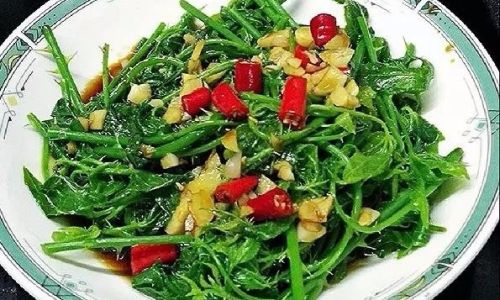
Step 2: Preparing the Leaves
Gently rinse leaves under cool water to remove dirt or insects. Pat them dry with a clean towel or salad spinner. Avoid bruising; delicate handling preserves oils.
Step 3: Bundling and Hanging
Group 8–12 leaves into small bundles. Tie stems with twine or rubber bands, leaving a loop for hanging. Hang bundles upside-down in a warm, dry, well-ventilated area. Attics, barns, or shaded porches work well. Avoid kitchens or bathrooms, where humidity fluctuates.
Step 4: Monitoring and Storage
Check daily for dryness. Leaves should crumble easily within 1–3 weeks. Once done, strip leaves from stems and store in airtight containers (glass jars, metal tins) away from light and heat.
Pros: Cost-effective, retains flavor, minimal equipment.
Cons: Slow, susceptible to mold in humid climates, requires space.
Oven Drying: Speed Meets Control
Oven drying accelerates the process, ideal for those needing quick results or living in damp regions.
Step 1: Preheat the Oven
Set the oven to its lowest temperature (ideally 90–110°F or 32–43°C). Higher heat risks scorching leaves and destroying nutrients.
Step 2: Preparing Trays
Line baking sheets with parchment paper or mesh screens. Spread leaves in a single layer, ensuring no overlaps.
Step 3: Drying Process
Place trays in the oven. Leave the door slightly ajar to allow moisture escape. Check every 15–30 minutes, flipping leaves for even drying. Total time: 2–4 hours.
Step 4: Testing for Doneness
Leaves should crumble when crushed. Overdrying makes them brittle; underdrying leaves them pliable and prone to spoilage.
Step 5: Cooling and Storing
Allow leaves to cool completely before storing. Use airtight containers in a dark, cool place.
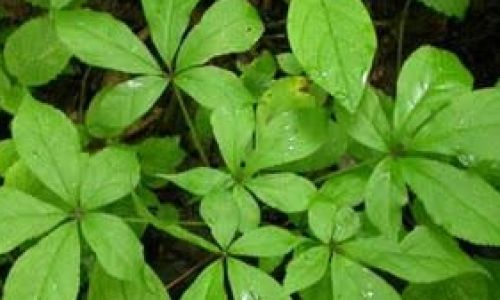
Pros: Fast, reliable in humid climates, bypasses mold risks.
Cons: Energy-intensive, requires oven space, potential nutrient loss if mishandled.
Food Dehydrator: Precision and Consistency
Electric dehydrators offer temperature control and airflow, making them ideal for consistent results.
Step 1: Preparing the Dehydrator
Set the temperature between 95–115°F (35–46°C). Remove trays and clean them thoroughly.
Step 2: Arranging Leaves
Spread leaves evenly on trays, avoiding overlap. Some dehydrators have mesh sheets for small leaves.
Step 3: Drying Time
Dehydrate for 4–8 hours, checking periodically. Leaves are ready when crisp.
Step 4: Storage
Cool leaves before transferring to containers. Label with date and type.
Pros: Efficient, retains nutrients, adjustable settings.
Cons: Initial cost, occupies counter space.
Solar Drying: Harnessing the Sun’s Power
In arid climates, solar drying leverages sunlight and natural airflow.
Step 1: Building a Solar Dryer
Construct a simple wooden frame covered with cheesecloth or mesh. Elevate it to allow air circulation.
Step 2: Arranging Leaves
Spread leaves on trays inside the dryer. Cover with a thin cloth to protect from pests.
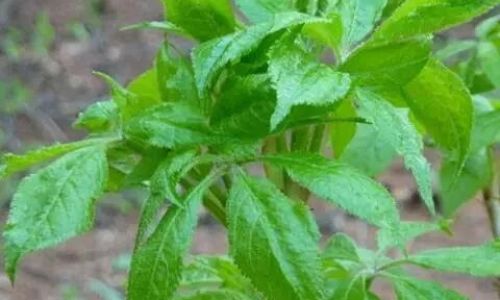
Step 3: Monitoring
Bring the dryer indoors at night to prevent dew absorption. Dry leaves within 2–5 days.
Step 4: Final Steps
Test for dryness and store appropriately.
Pros: Energy-free, eco-friendly, adds sun-kissed flavor.
Cons: Weather-dependent, slower in humid areas, risk of contaminants.
Preparing Leaves for Drying: Best Practices
Regardless of method, proper preparation ensures quality:
- Harvest Timing: Pick leaves mid-morning after dew dries.
- Cleaning: Use cool water; avoid soaking to prevent leaching oils.
- Sorting: Discard damaged leaves to prevent spoilage.
- Size Consistency: Uniform leaf sizes dry evenly.
Troubleshooting Common Issues
- Mold: Caused by excess moisture or poor ventilation. Discard affected leaves and adjust drying conditions.
- Scorching: Oven too hot or leaves too close to heat sources. Lower temperature and increase checking frequency.
- Brittleness: Overdrying. Reduce time or temperature next batch.
- Dull Color: Exposure to light during storage. Use opaque containers.
Storing Dried Acanthopanax Leaves
Proper storage is as critical as drying. Follow these guidelines:
- Containers: Glass jars with tight lids, metal tins, or vacuum-sealed bags.
- Location: Cool, dark place (pantry, cupboard). Avoid refrigerators or humid areas.
- Labeling: Date and contents to track freshness.
- Shelf Life: Properly dried leaves last 1–2 years.
Enhancing Flavor and Potency
Some practitioners enhance acanthopanax leaves during drying:
- Blanching: Briefly steaming leaves before drying may intensify flavors.
- Fermentation: A traditional Korean method involves partial wilting before drying.
- Infusing: Add dried leaves to oils or vinegars post-drying for culinary uses.
Traditional vs. Modern Techniques
While modern tools like dehydrators offer convenience, traditional methods like air drying preserve subtle flavors. Many herbalists blend approaches—air drying bundles initially, then finishing in a dehydrator during rainy spells.
Conclusion
Drying acanthopanax leaves is both a science and an art. By understanding the nuances of each method, you can tailor your approach to climate, resources, and goals. Whether you prefer the slow rhythm of air drying or the precision of a dehydrator, the key lies in patience, attention to detail, and respect for the plant’s properties. Properly dried acanthopanax leaves not only retain their medicinal potency but also become a bridge between seasons—a testament to nature’s bounty preserved through human ingenuity. Experiment, adapt, and savor the rewards of your labor in every cup of tea or tincture.
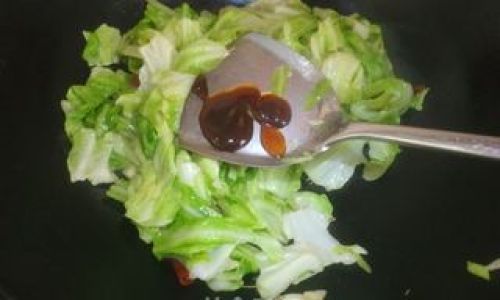

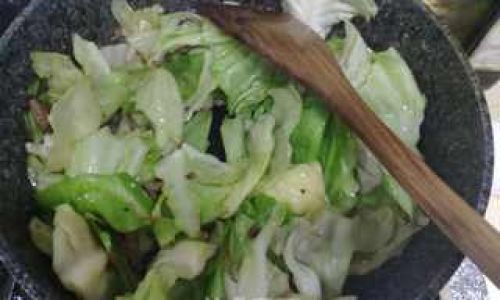
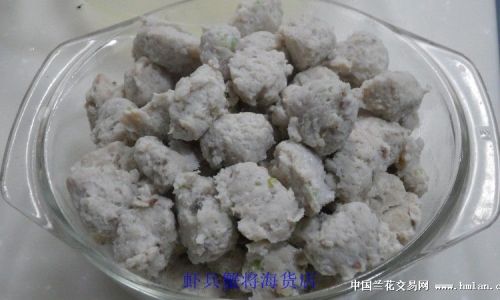
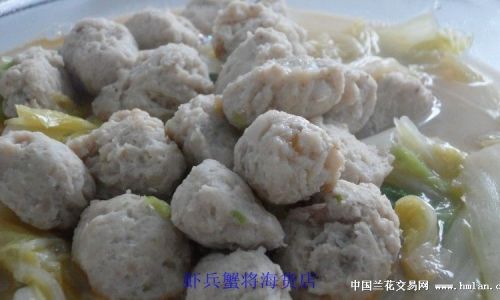
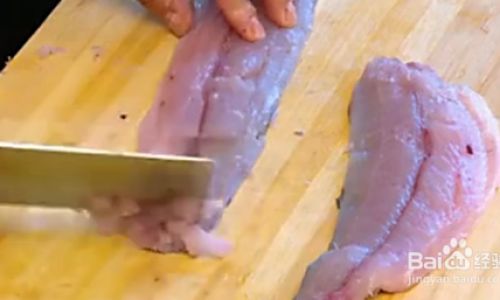
0 comments